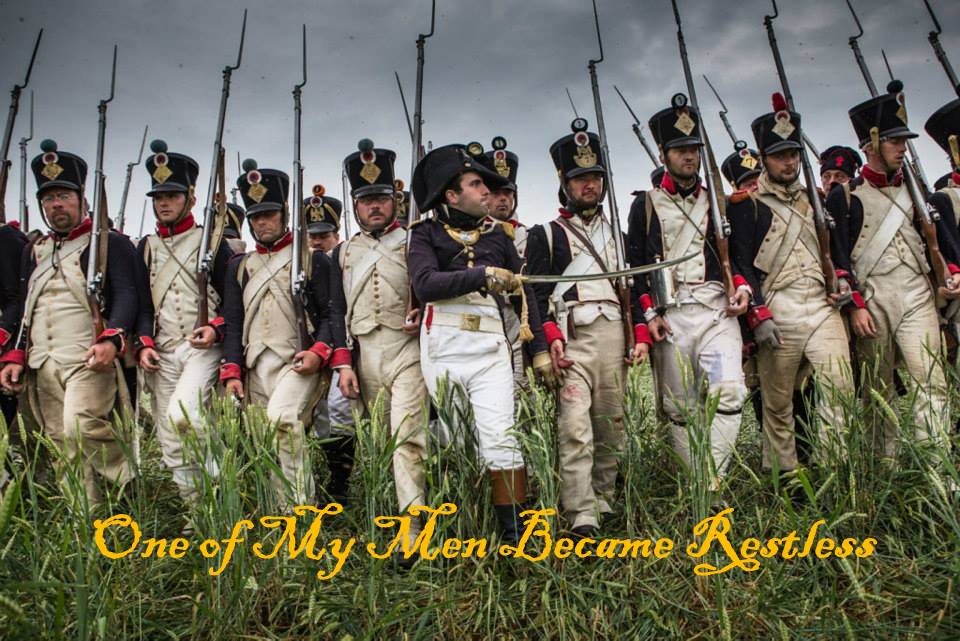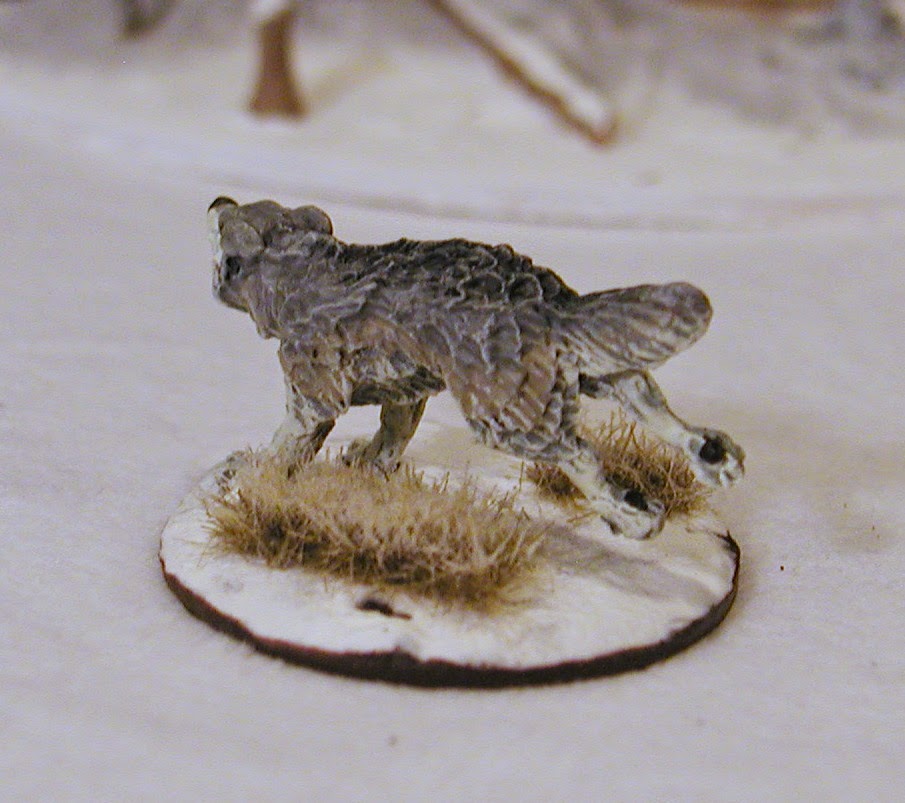Every year, Walmart sells bargain trees ranging from $1-3 dollars in various sizes, intended for miniature holiday displays. They are so ubiquitous that I often take them for granted and decline buying any - this may be a mistake. Some are white and frosted - they are a tad too unnatural for my tastes. But the others are quite serviceable as is; their bases are big, robust and slightly weighted to prevent toppling. But for ease of set-up and to prevent excessive wear and tear, I like to base large portions of them. I cleared out one Walmart of its useable trees a few years ago to make this simple Winter Forest.
What follows is a 101 tutorial for their assembly:
Difficulty: Very Easy
Cost: $-Cheap
Tools: Pictured below is most everything you will need, except for the Rustoleum Textured White spray and an old paint brush.
 |
| I may be taking this for granted - that old cd's can still be acquired in any quantity. Who was arguing against pack-ratery again? |
 |
| Everything pictured is cheap, and can be found in any big box craft store. The trowel came in a set of 6 of various shapes and sizes. Walmart may have much of this stuff. |
 |
| First Steps: with the masking tape I covered the center hole of the CD, then in a triangular pattern, I masked out the spots where the trees themselves will be glued down. I prefer a bond between the CD itself and the tree so that's they are not merely attached to a layer of paint. |
 |
| Then I sprayed it all with the Rustoleum Textured white. When that dried I took off the masks to expose the CD surface. |
 |
| Using the Liquitex modeling paste and the trowel I disguised the obvious presence of tape in the center, then glued the trees down with the Zap-a-dap-a-Goo. When that dried I used the white to touch up around the bases of the trees - covering up whatever color appeared on the edges. |
 |
| At this point they are done and ready for use. |
 |
| Anyone who has seen new snow has seen that the surface, unless disturbed, is very smooth. I'm content to not put a whole lot of work on these as they are intended for quick mass production and to cover a lot of real estate on the table. |
 |
| For gaming purposes, and unlike the other winter trees seen on this blog, these trees can be moved through and I left enough room to place figures and/or hidden markers. |
 |
| One reminder that these trees were cheap was the observation that the "snow" material pops off easily - and I can even feel it shifting under my fingers when I handle them. I will hit them with Woodland Scenics terrain cement to lock all that down to ensure years of long use. |
Hopefully this is helpful to the beginner who wants quick and sturdy tree bases for their winter layouts.
Questions, comments and followers are welcome and encouraged - plenty more to come.






































































